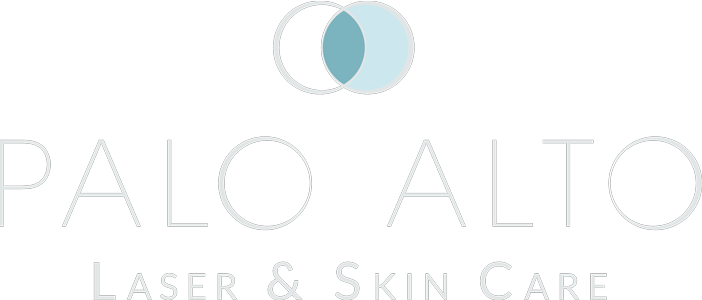
Botox has long been the gold standard in stopping and preventing unwanted lines and wrinkles. That’s why it’s one of the most requested treatments at Palo Alto Laser and Skin Care. Although “Botox” is commonly used as an umbrella term for various neuromodulators, it also remains the most popular type of injectable. A recent 2022 literature review published in Clinical, Cosmetic and Investigational Dermatology set out to consider the efficacy of Botox for “reducing facial wrinkles” (although Botox is also used off-label for various other concerns, such as a gummy smile or to lift the brow).
Botox works by blocking the body’s release of acetylcholine, which leads to a temporary paralysis in targeted muscles. Paralysis usually begins to occur 24 hours after the injection with full paralysis at two weeks. The results of Botox typically last 3 – 6 months. Researchers found that the “optimal dose” of Botox is 20 units per site. “However,” writes the team, “in certain circumstances, the effect of Botox will gradually resolve, resulting in reduced muscle paralysis over time.” This means some tolerance is common, but also exacerbated by the body’s natural increase of wrinkles and lines with age.
Is Botox Effective?
“Botox is a good and safe medicine to reduce the appearance of facial wrinkles,” the researchers concluded. It has been used since the 1970s in the ophthalmology field and more commonly in the past 20 years for a variety of health and beauty concerns, including in dermatology. Botox for facial wrinkles, and particularly the angry 11’s between the brows, received FDA approval in 2002. Another type of Botox, created in France, was approved by the FDA in 2009. The researchers traced their review back to a 1994 study which explored the effectiveness of Botox A (the first type approved by the FDA), which touted it as a good option for reducing facial wrinkles—numerous studies since then have supported these findings.
Today, of course, Botox is not used to just treat the glabellar lines. It can be injected virtually anywhere in the face or body, and in the face it is often used around the lips for smoker’s lines, for marionette lines, the platysma bands in the neck, horizontal lines on the forehead, for strabismus, and various other problem areas.
The research team also wanted to compare Botox to dermal fillers and non-invasive options like facial muscle exercises. They looked at many of the widely used hyaluronic acid (HA) fillers, which are comprised of a synthetic form of the acid that is naturally found in the body to provide plumpness and volume. Both the “real” and synthetic HA attract water, which leads to an attractive swelling that can still withstand compressive pressure. This makes it ideal as a dermal filler.
Comparing Botox and Fillers
When it comes to contraindications, they are similar between Botox and fillers (such as those with bleeding disorders or hypersensitivity to the ingredients that make up the products). However, although injector skill is critical for both Botox and fillers, the researchers stress that “the use of filler is very dependent on operator expertise [and] there are several side effects associated with injecting techniques such as unrealistic patient expectations, undercorrection, overcorrection and lumping.”
Lumping is something that is more common with fillers than with Botox. It occurs when the placement of filler is incorrect and/or there is lack of injector massage. This can result in an unattractive, bumpy appearance that can take several months to dissipate. Still, the research team notes that for both Botox and fillers, clients should take every measure to choose an injector who is reputable and skilled.
Getting Results You’ll Love
The researchers also looked at facial exercises to reduce facial wrinkles, noting that while it’s completely non-invasive and can be done without professional expertise, it takes constant work. Plus, you simply can’t compare the results of Botox (or fillers) with daily exercises as “there are still very limited clinical trials.” Ultimately, if you’re looking to stop lines and wrinkles caused by muscles, Botox can help. If you want to add volume where it has been lost (which can also result in wrinkling) or add volume where you’ve always wanted it, dermal fillers are the key. Depend on expert injectors, all trained by Zuzana Likar to her exacting standards. To learn more about injectables at Palo Alto Laser and Skin Care, schedule a free consultation today by calling the office or completing the online contact form.
